10 Tips on Travelling in a Motorhome in the UK
In September 2020, we had our first experience travelling in a motorhome around the beautiful North Coast 500 route in Scotland, and in May 2021, we travelled in a campervan around the Isle of Skye! Choosing to travel in a motorhome/campervan was our preferred method of travelling given the current Covid-19 situation, while still providing us with the opportunity to safely have domestic holidays, and we’d love to share our tips with you!
Be sure to check out our accompanying YouTube video!
1. Learn general procedures and how everything works before you first set off
The first time around, we chose to hire the Swift Escape 664 motorhome, which can fit up to four people but is much more comfortable for two people, and the most recent time, we downsized a bit and hired the Swift Select 122 campervan. Needless to say, as we’d never travelled in a motorhome before the first time, despite watching videos on how everything worked, we still had to refer back to the videos from the motorhome hire company for assistance!
Some essential procedures to know include:
How to connect to a mains hook-up
How to turn on the gas
How to turn on the hot water and heating
Understanding how long it takes for the hot water to heat up
Making sure the fridge is always on by various means (e.g. mains hook-up, gas)
How to empty the toilet cassette
Understanding how full or empty the fresh and grey water tanks are
How to fill up the fresh water tank
How to empty the grey water tank
2. Remember what to do before driving off
Remember that driving a motorhome is not the same as driving a normal vehicle!
There are a few essential things to do before driving off:
The most important thing to do is to turn off the gas. You should never, ever be driving a motorhome while the gas is still turned on!
Turn off the hot water and heating.
Put everything that is sitting loose (like on countertops and tables) away. We had to remember to dump all of our toiletries that would normally be sitting around the bathroom sink into the actual sink, and the same goes for the kitchen. Otherwise, everything will fly away after you start driving (which happened to us on many occasions)!
Make sure all cupboard latches, doors, and windows are properly closed.
Do a walk around the motorhome to ensure the antenna is down (if using), and that compartments, stairs, and awnings are properly stowed away and locked in place. Also ensure the power cable and any hoses are disconnected!
3. Don't fill up on fresh water if you will be staying at a campsite that night
If you will be moving from campsite to campsite continuously, there is no need to fill up on fresh water before you depart the previous campsite. This ends up weighing down your motorhome and means you will end up using more diesel/petrol than you would otherwise.
4. Plan ahead if you won't be staying at a campsite that night
However, if you will not be staying at a campsite on a particular night, you should plan ahead.
Here are some things to remember to do:
In this case, do fill up on your fresh water at your previous campsite.
Charge all of your electronic devices the night before or while driving. Do note that electrical outlets in a motorhome will only work when it is connected to a mains hook-up, so be sure to charge laptops, camera batteries, and the like the night before. Mobile phones can be charged via USB while driving.
Empty all of your grey water and chemical waste at your previous campsite.
5. Be wary of your side mirrors, while reversing, and on single track roads
Needless to say, a motorhome is much wider and longer than a normal vehicle! Not only that, many motorhomes have massive side mirrors that jut out quite a bit. We were told by our motorhome hire company that wrecking the side mirrors is the most common way of losing your deposit. If you are driving along a narrow road and about to pass another vehicle, roll down the window and manually pull your mirror in to avoid accidentally losing it altogether.
Also be careful when reversing in the motorhome. Your best bet is to have one person step outside of the motorhome to guide the driver while they reverse since it can often be tricky to gauge how far back you can keep going.
Perhaps even more importantly, if you are not from the UK and are not used to driving on the left side of the road and/or single track roads, please familiarise yourself with this first and foremost! Many single track roads in Scotland are curvy and/or hilly, and passing places take at most 2-3 normal vehicles and only 1 motorhome. Do not tailgate other vehicles while on single track roads!
During the North Coast 500 trip, we found ourselves on the Bealach na Ba (arguably the most scenic road on the North Coast 500 but also one of the most curvy and mountainous) in the thickest, densest clouds with a massive traffic jam that we couldn’t even see in front of us and another motorhome behind us! We had to politely tell the driver of the motorhome behind us to not follow us so closely or else we might’ve ended up in a sticky situation ourselves!
6. Take short and snappy showers
While travelling in a motorhome is considered a luxury in the world of camping, considering you have your own bathroom, it is definitely not comparable to the endless hot showers you might be used to while at home!
Hot water (and water itself) is of course not endless in a motorhome, so the best thing to do is to turn off the water while you’re lathering up, and then turn it back on to rinse yourself off. You’ll save water and your quick shower will stay hot!
7. Make use of your motorhome's levellers
Your motorhome should come with two levellers, which look like little ramps. These come in especially handy at campsites where the ground or grass is not perfectly level - simply pop the levellers under the necessary tyres and drive over them to the desired level! It can make a big difference while you’re inside, especially when it comes to water drainage!
8. Know your motorhome's length, width, and height
Some campsites will ask for the length and/or width of your motorhome to determine how much you will pay for your stay. Knowing the height of your motorhome is useful in case you will pass by any low bridges.
9. Allow more time than you'd expect to pack everything into your motorhome
This was something we completely did not anticipate prior to our first trip! We figured it would be pretty straightforward to throw everything into bags, bring them to the motorhome, and unpack everything, but it felt like we were unpacking for forever before we were ready to set off!
Packing up items for a kitchen is something we’d never had to do before, and we also think a big part of this was assessing where the best places to store everything would be so that things wouldn’t break or get crushed while driving. We would recommend allowing about 2-3 hours to get everything packed up.
10. Do some meal planning
While many restaurants and food establishments are now open during Covid-19, it can be hard to get a table without a prior reservation. With this in mind, we decided to make full use of the kitchen facilities in our motorhome. It was important that we looked ahead and prepared a few meals before the start of the trip while also stocking food that we could make later in the week. And of course, we headed to grocery shops a few times to stock up on fresh food.
BONUS: Bring flip flops to wear inside your motorhome
We preferred to wear flip flops around the motorhome so as not to get our bare feet dirty while walking on floors that our hiking boots have also walked all over, and flip flops were helpful in the bathroom as well!
We hope this was useful in providing some tips on travelling in a motorhome! What did you find most useful? What would you add? Let us know in the comments!

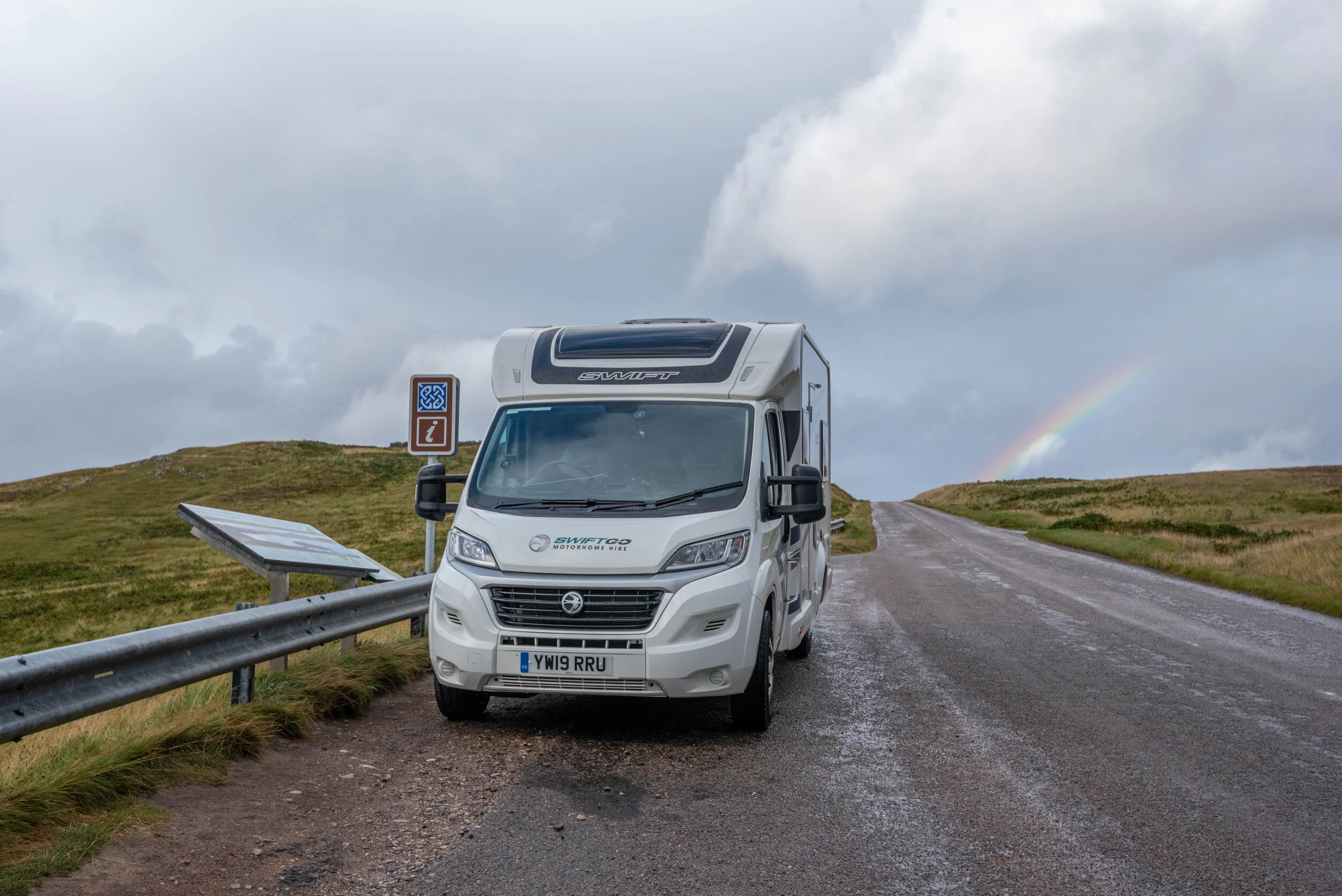

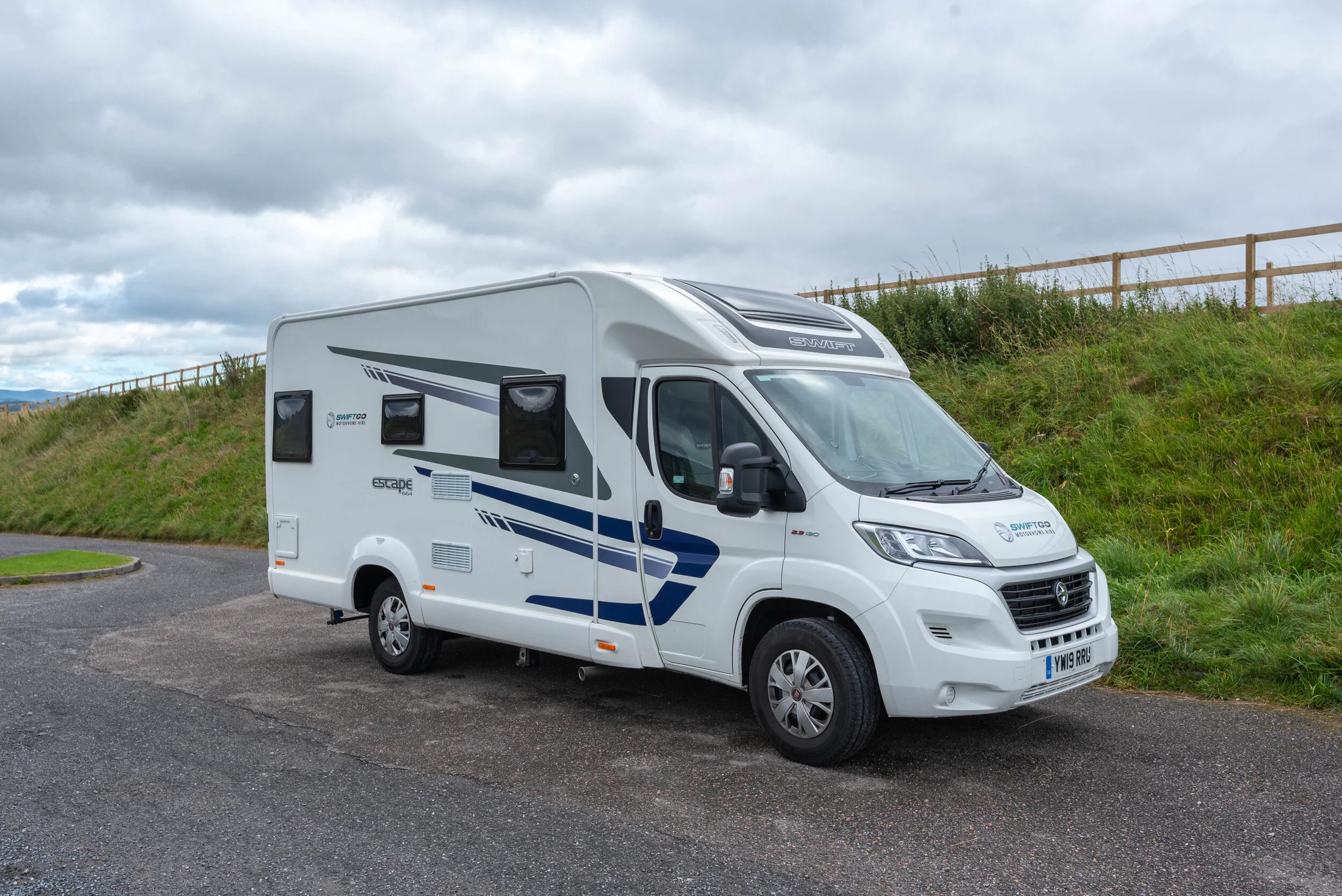
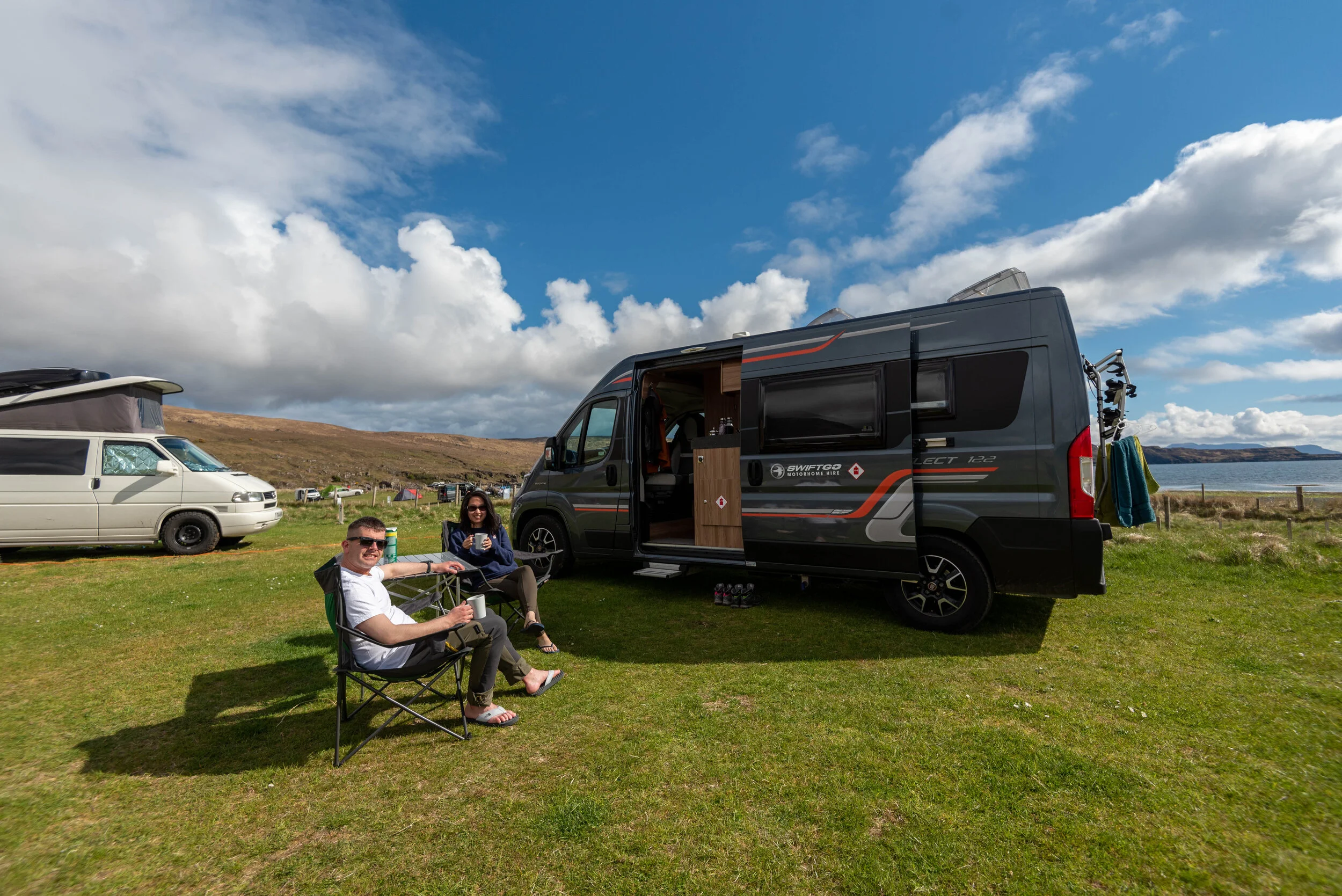














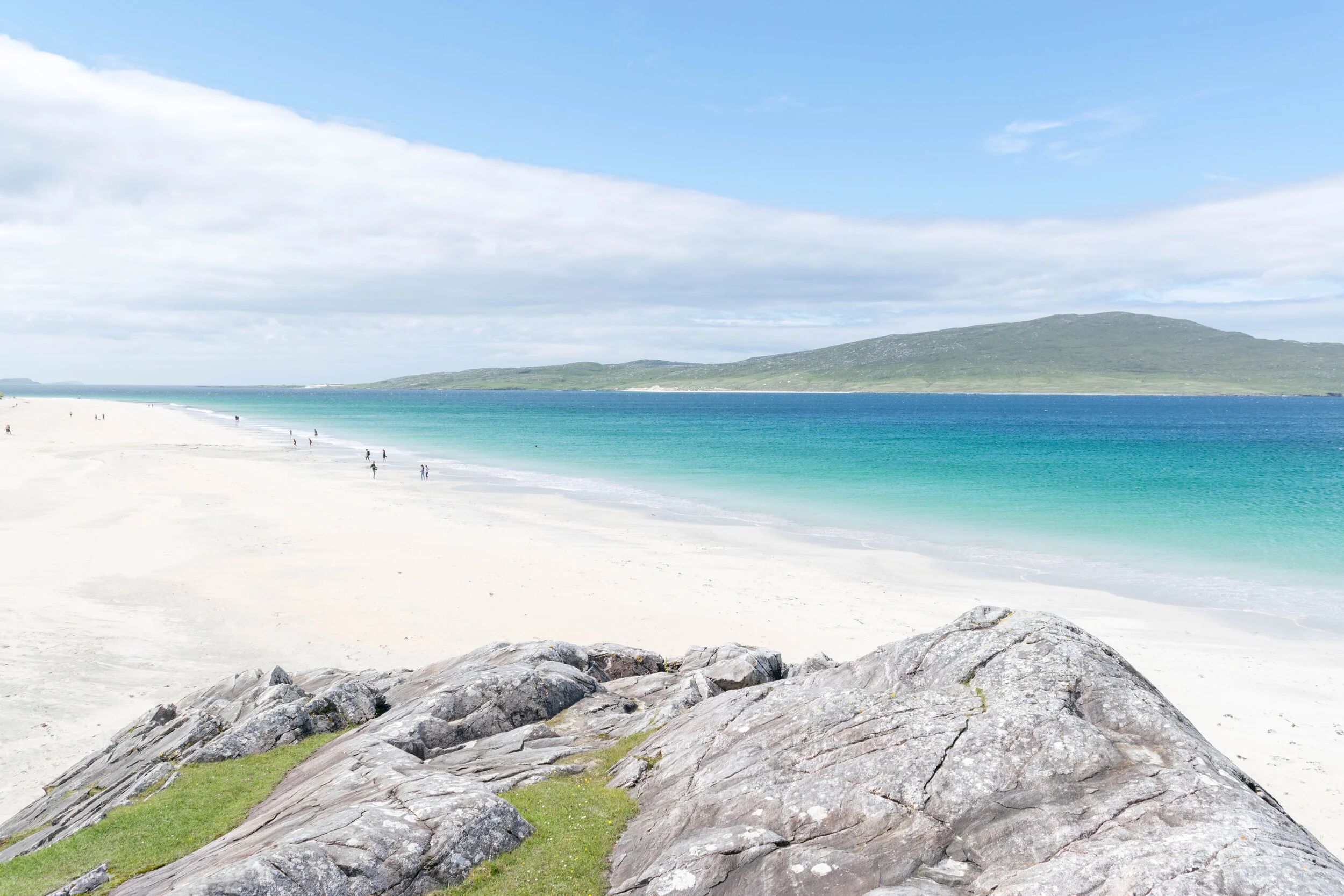




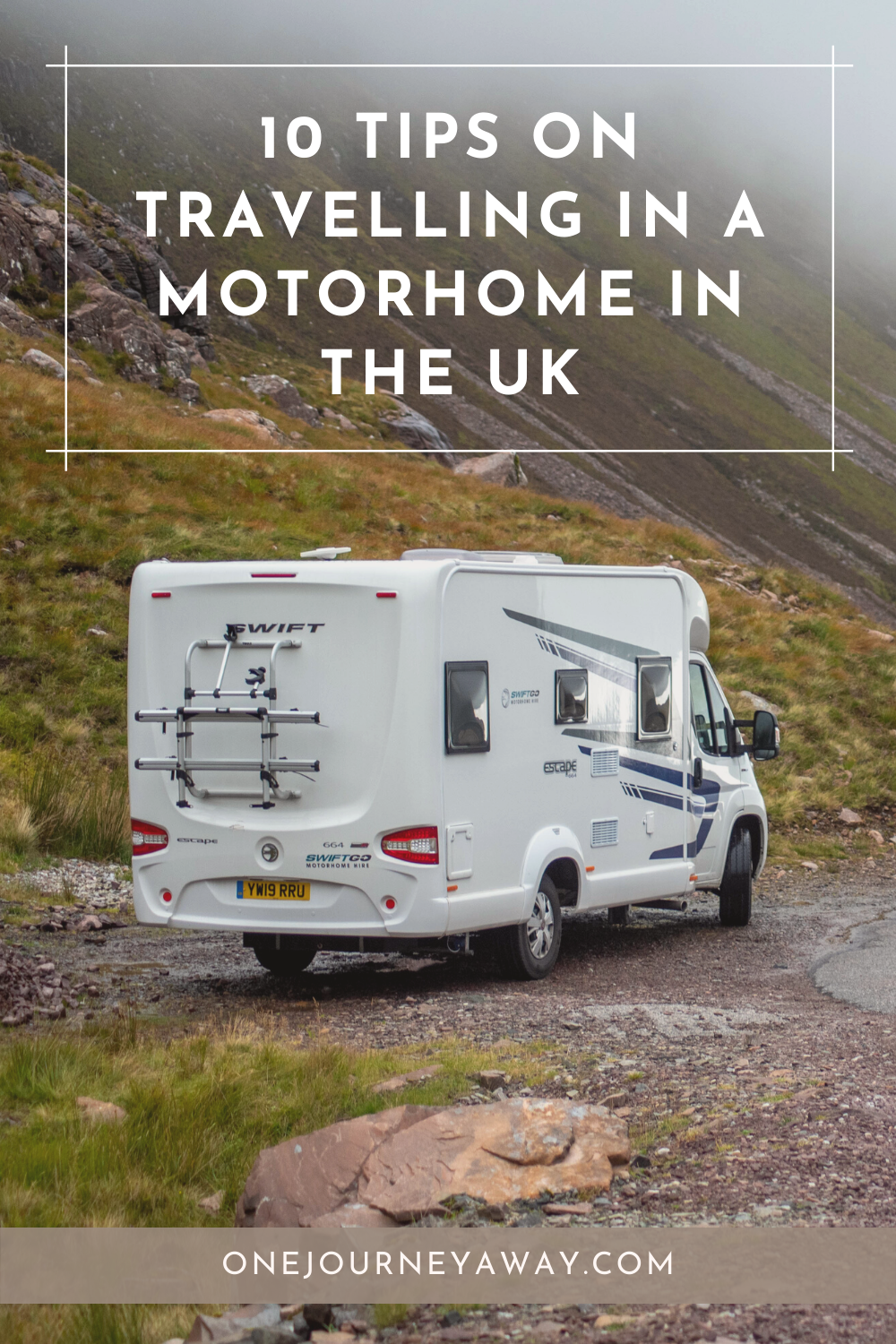
Made famous by the Harry Potter franchise, The Jacobite steam train is on the bucket list for many people who visit Scotland. Read on to find out everything to know about how to see The Jacobite cross Glenfinnan Viaduct as well as how to ride the actual train!